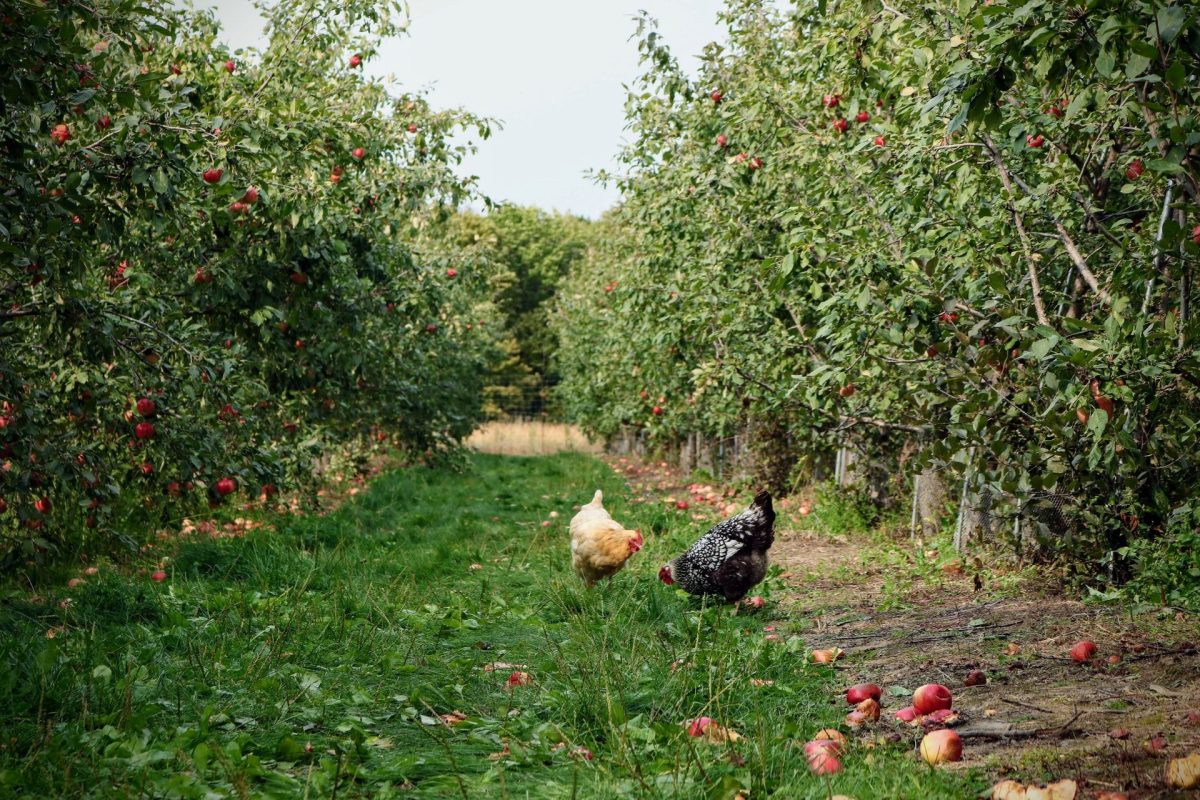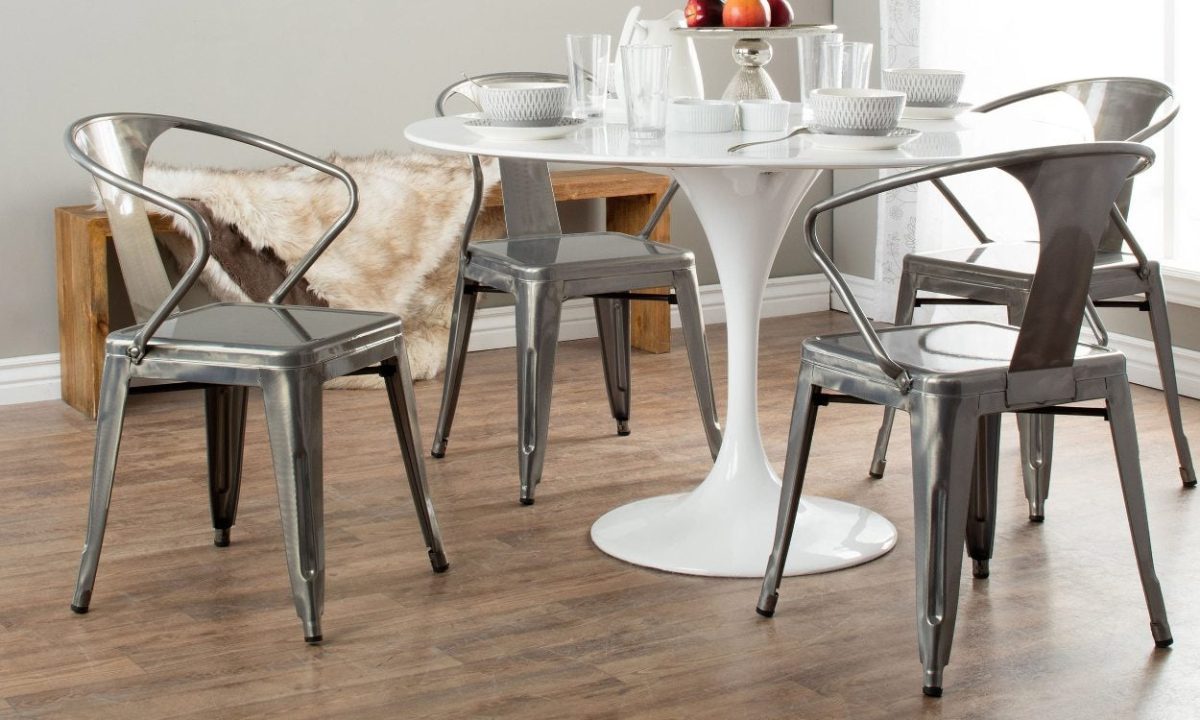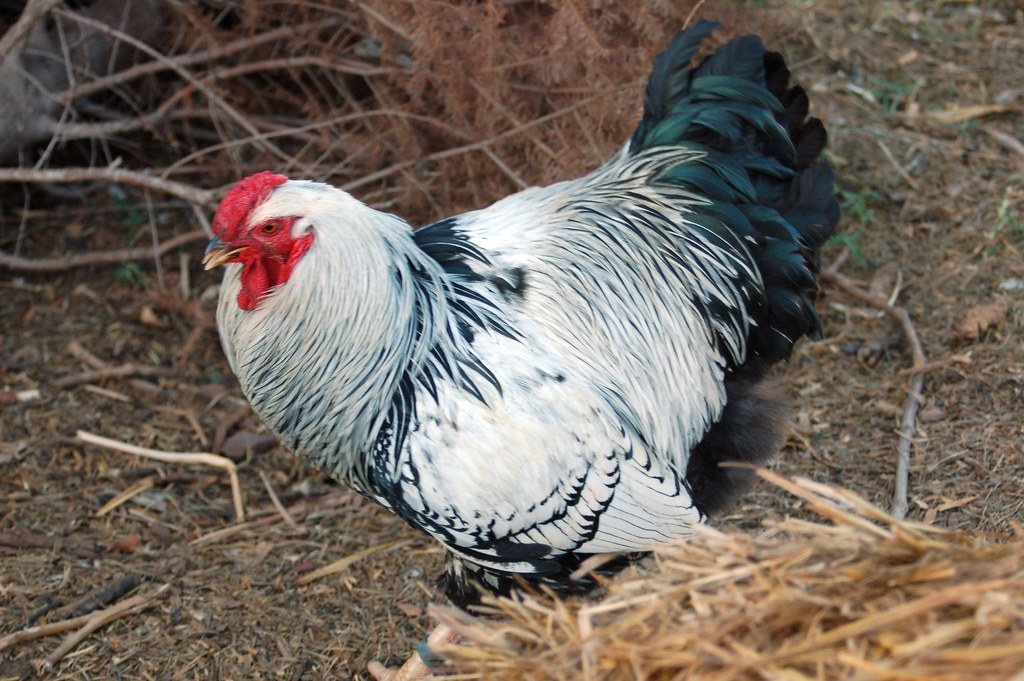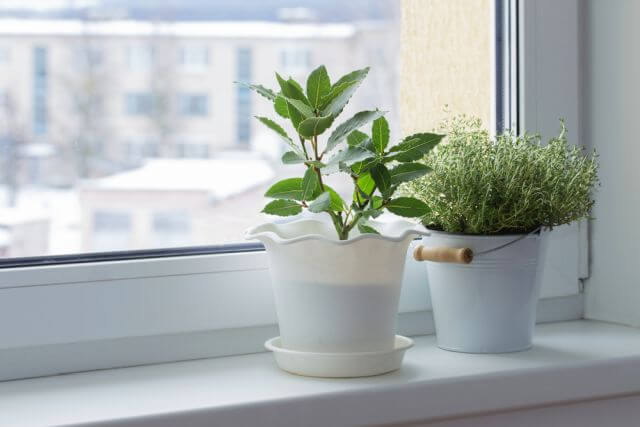Most of us think of fall as a time of winding down on gardening activities. True, there are fewer chores to do than when the spring garden was begun followed by mulching, harvesting, canning, and so on, but fall is also the preferred time for planting most fruit and nut trees.
That is unless you live where winters are severe, and it’s not practical to plant young trees in the fall. If you’re unsure about the proper time to add trees to your place, check with knowledgeable neighbors or contact your local county extension agent.
First of all, consider how much space you have before selecting your trees. If your area is small, it might be better to consider something in the dwarf range instead of planting a standard tree that may reach 20-30 feet high at maturity and be just about as wide. There are many dwarf-type fruit trees available, but most nut trees are definitely not for the small garden.
Specialty trees
Almost anyone with a garden can have a fruit tree or two as they come in all shapes and sizes. Some can be trained against a wall, wooden fence, or other flat support. This is generally done where space is limited, and the gardener wants to use the available open space for growing other things.
It is best to use dwarf varieties of fruit trees, as they are more adaptable to espaliering, the term used for this type of training. Also, a gardener needs to learn about the fine points of espalier growing and be familiar with tying branches, pinching out unwanted shoots, etc., before embarking on this aspect of gardening.
Columnar is another form of growing fruit trees in limited space. These trees grow 8-10 feet tall but only about two feet wide and, of course, can be kept smaller by pruning.
Columnar trees are grown in large containers for use on patios or for the garden. They do not have to be grown trellis style and are less trouble to raise. They’re definitely conversation pieces and, if cared for properly, will yield some delicious fruit.
If you’re wondering what to give a gardener who is somewhat restricted in his/her activities, a columnar tree would be something special.
Although specialty trees mature sooner than standard trees, do not expect fruit the first year on any of them, as they will probably not begin bearing until the third year at best, depending on the variety. Also, unless stated otherwise, you’ll need at least two different varieties for proper pollination.
As to standard size trees, there are hundreds from which to choose. Pay attention to the planting zone map for your region and see if your choice is compatible with where you live.
There’s no point in selecting a tree, no matter how much you enjoy a particular fruit, if it just can’t do well in your area. For instance, here in southwest Arkansas (Zone 8), it is useless…









